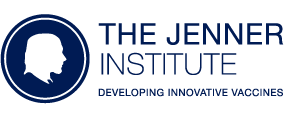Genomic characterization of novel Neisseria species.
Diallo K., MacLennan J., Harrison OB., Msefula C., Sow SO., Daugla DM., Johnson E., Trotter C., MacLennan CA., Parkhill J., Borrow R., Greenwood BM., Maiden MCJ.
Of the ten human-restricted Neisseria species two, Neisseria meningitidis, and Neisseria gonorrhoeae, cause invasive disease: the other eight are carried asymptomatically in the pharynx, possibly modulating meningococcal and gonococcal infections. Consequently, characterizing their diversity is important for understanding the microbiome in health and disease. Whole genome sequences from 181 Neisseria isolates were examined, including those of three well-defined species (N. meningitidis; N. gonorrhoeae; and Neisseria polysaccharea) and genomes of isolates unassigned to any species (Nspp). Sequence analysis of ribosomal genes, and a set of core (cgMLST) genes were used to infer phylogenetic relationships. Average Nucleotide Identity (ANI) and phenotypic data were used to define species clusters, and morphological and metabolic differences among them. Phylogenetic analyses identified two polyphyletic clusters (N. polysaccharea and Nspp.), while, cgMLST data grouped Nspp isolates into nine clusters and identified at least three N. polysaccharea clusters. ANI results classified Nspp into seven putative species, and also indicated at least three putative N. polysaccharea species. Electron microscopy identified morphological differences among these species. This genomic approach provided a consistent methodology for species characterization using distinct phylogenetic clusters. Seven putative novel Neisseria species were identified, confirming the importance of genomic studies in the characterization of the genus Neisseria.

